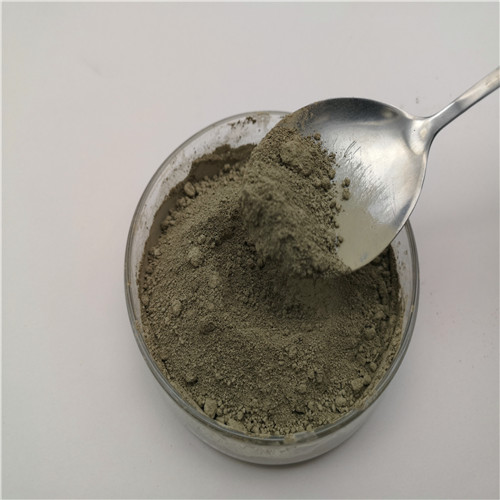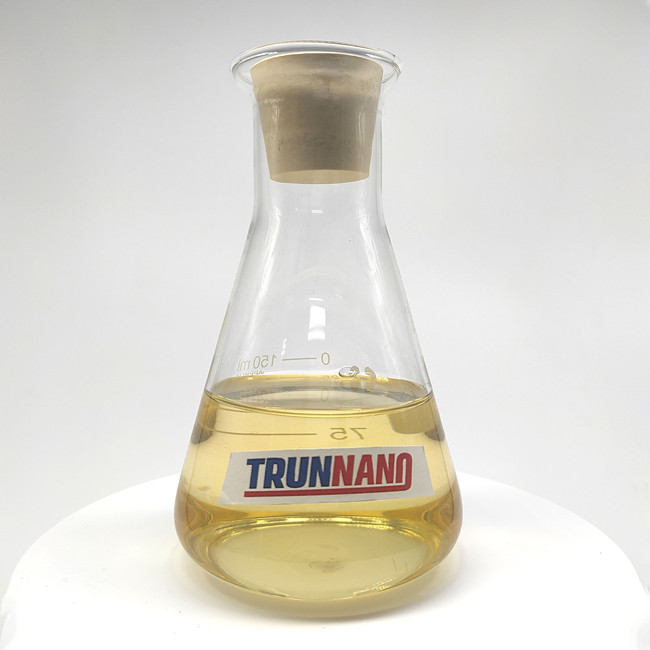Professional solutions on concrete addtives, Concrete Foaming Agent, Superplasticizer, CLC Blocks Additives, and foaming machine
(New Application of Foam Concrete)
Foamed concrete is a kind of porous material cast-in-place foamed concrete which is prepared by mechanical method of foamed agent aqueous solution and then added to the slurry composed of siliceous material, calcareous material, water and various admixtures.
Foamed concrete is widely used in road and bridge engineering, backfill engineering, cast-in-place wall and house casting, roof insulation layer, cast-in-place floor heating insulation layer and cushion layer and other fields. In the future, it will have the opportunity to be applied in water conservancy engineering, ocean engineering, military engineering and so on.
Foamed concrete blocks can be used for external insulation of exterior walls. The thermal conductivity of foamed concrete is 0.08-0.3 w/m, and the thermal resistance is about 10-20 times that of ordinary concrete. This physical feature makes it have good thermal insulation performance. In addition, foamed concrete is the only building wall, wall, roof and ground for comprehensive thermal insulation treatment of the material, is the first choice of building energy-saving materials. The external insulation of the external wall is to put the insulation layer outside the main wall material, which can prevent the external wall of the building from excessive energy consumption due to the temperature difference, and promote the indoor temperature to maintain a relatively constant, which is conducive to improving the quality of the indoor thermal environment. The wall with external thermal insulation treatment can achieve the effect of warm in winter and cool in summer, and reduce the use of air conditioning through natural thermal insulation, helping to achieve the dual carbon goal. The external insulation of external wall is more strict than the material used for internal insulation of external wall, and it has higher requirements on cracking resistance, waterproof, breathable, earthquake resistance and wind pressure resistance of materials. In recent years, due to the consideration of heat insulation, density, technology, cost and other aspects, foamed concrete block has become the main material for exterior insulation.
In addition, foamed concrete is also increasingly used in floor heating insulation layer. Foamed concrete is expected to replace polystyrene foamed plastic to become the main material of floor heating insulation layer soon. Compared with polystyrene foam, foamed concrete can withstand high heat above 400℃, without thermal decomposition, and has a longer service life. And the process is simple, the construction speed is fast, the construction time is 1/3 faster than the polystyrene foam plastic board, can save a lot of labor. And no joints, reduce the heat loss caused by joints.
In civil engineering, underground cavities that are inconvenient to construct but have to be filled are often encountered, such as the cavity under the bridge slab of high-grade highway, the hollow tunnel around pile foundation and foundation pit, etc., which seriously affect the quality and service life of the project and need to be filled. Foam concrete has lightweight, fluidity, self-rigidity, mechanical (cement foaming machine) construction speed, the construction process does not need to vibrate and mechanical rolling operations, natural maintenance after construction, is a good material for filling narrow space and underground cavity. It is understood that the foam concrete density for filling is 500~1000 kg/cubic meter, and the strength is 1~2 mpa.
In the early 1990s, foamed concrete technology was gradually applied to backfill in construction engineering and geotechnical engineering. Originally foamed concrete was used to backfill holes, such as abandoned mines. Because of its lightweight, it can effectively prevent foundation slip. In addition, the foundation used for construction compensation has also achieved good results. This is because light foamed concrete as filling material, can effectively control its strength range, and good compressibility, can ensure uniform settlement of the project, so as to compensate the free settlement difference caused by the dead weight. After 2000, foamed concrete has been widely used in backfill of geotechnical engineering.
With the global policy of energy conservation and emission reduction, the research and application of foamed concrete as a heat preservation and energy-saving material has been further promoted.
In addition to the application direction mentioned above, foamed concrete can also be used as the main material for railway sound insulation belt.
The garden construction industry has gradually become an emerging field of foamed concrete application, which can be used as a fake rock, foamed wood materials, etc., can also be used to produce soilless culture matrix materials.
In recent years, the United States, The United Kingdom, the Netherlands and other European and American countries, as well as Japan, South Korea and other Asian countries, make full use of foamed concrete, constantly expand its application in the field of construction engineering, such as using it as retaining wall, building sports fields and track, making sandwich components.
Concrete Additives Supplier
TRUNNANO is a reliable foaming agents supplier with over 12-year experience in nano-building energy conservation and nanotechnology development.
If you are looking for high-quality CLC foaming agents, please feel free to contact us and send an inquiry. (sales@cabr-concrete.com)
We accept payment via Credit Card, T/T, West Union, and Paypal. TRUNNANO will ship the goods to customers overseas through FedEx, DHL, by air, or by sea.
(New Application of Foam Concrete)








